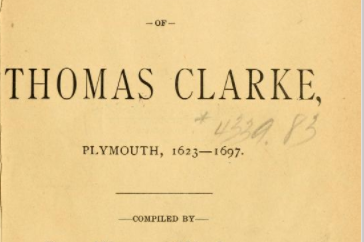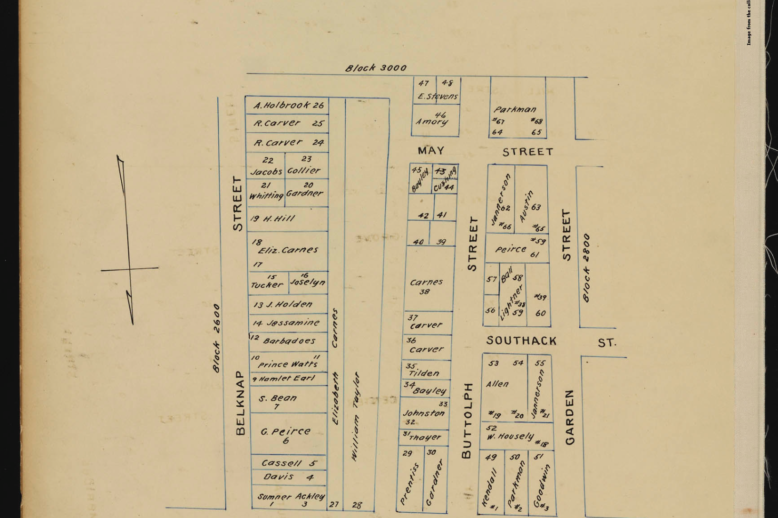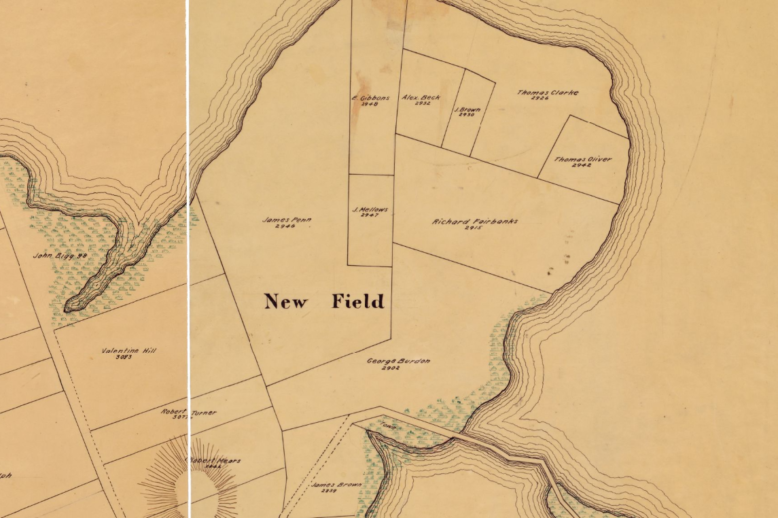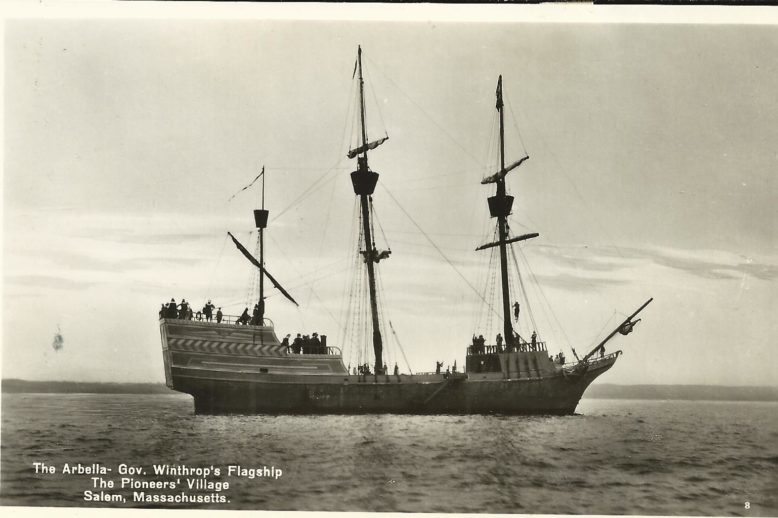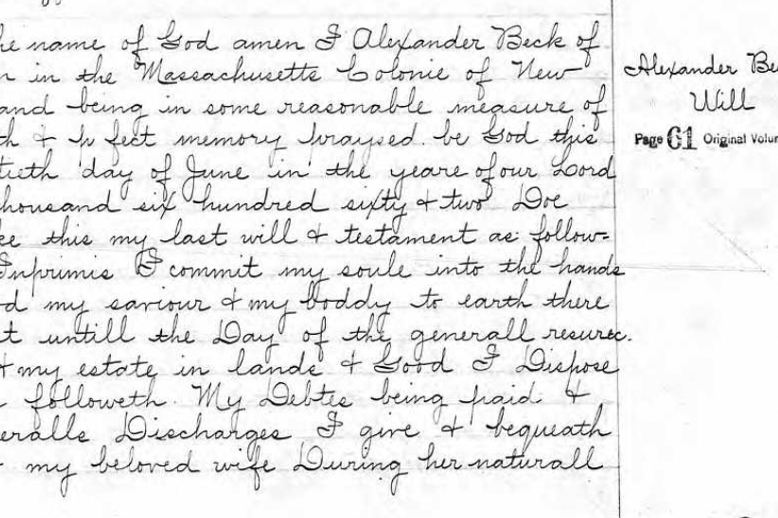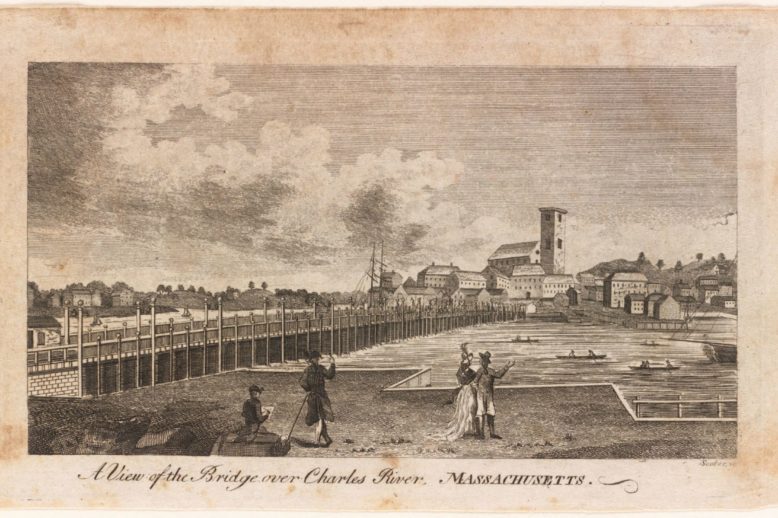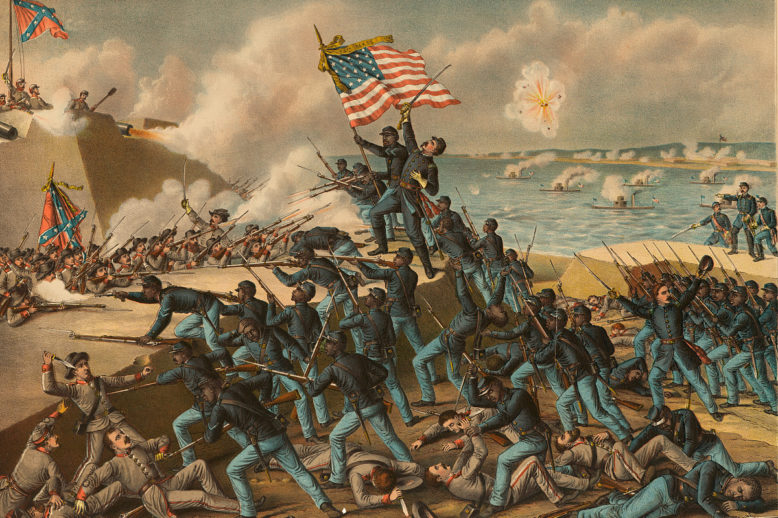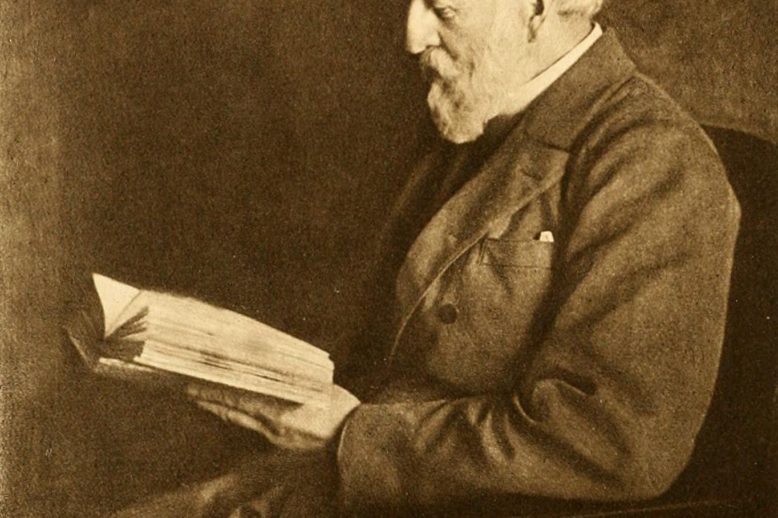Topic: Yankees & Brahmins
Early settlers of New England, Boston Brahmins, wealthy persons not officially in the Brahmin class, others typically identified as Yankees
Thomas Clarke The Early Settlers of the West End (1630 – 1645): Thomas Clarke, Speaker of the House of Massachusetts Bay Colony Thomas Clarke owned vast amounts of land and businesses across Boston. He was very much involved in the local government throughout his life and commanded the Suffolk Regiment in 1651. Later, he would go…
The Early Settlers of the West End (1630 – 1645): Thomas Buttolph, Leather-Dresser
The Early Settlers of the West End (1630 – 1645): James Browne, Carpenter
The Early Settlers of the West End (1630 – 1645): John Bigg, Artillery Officer
The Early Settlers of the West End (1630 – 1645): Alexander Beck, Laborer
The West End played a key role in defining the U.S. jurisprudence surrounding the execution and maintenance of contracts set out in the U.S. Constitution in two major cases: Charles River Bridge v. Warren Bridge & Fletcher v. Peck.
The 54th Massachusetts Infantry Regiment was the Union’s first free Black regiment of the Civil War. The Massachusetts Black regiments were all deeply linked to the West End, from which they were advocated for, recruited, and organized. The 54th is memorialized in a bas relief on Boston Common, and in the 1989 film “Glory”.
Quincy Adams Shaw was a Brahmin who was born in West Boston. After youthful travels, he became a major donor of artwork to the MFA, a successful businessperson, and a notable philanthropist.


